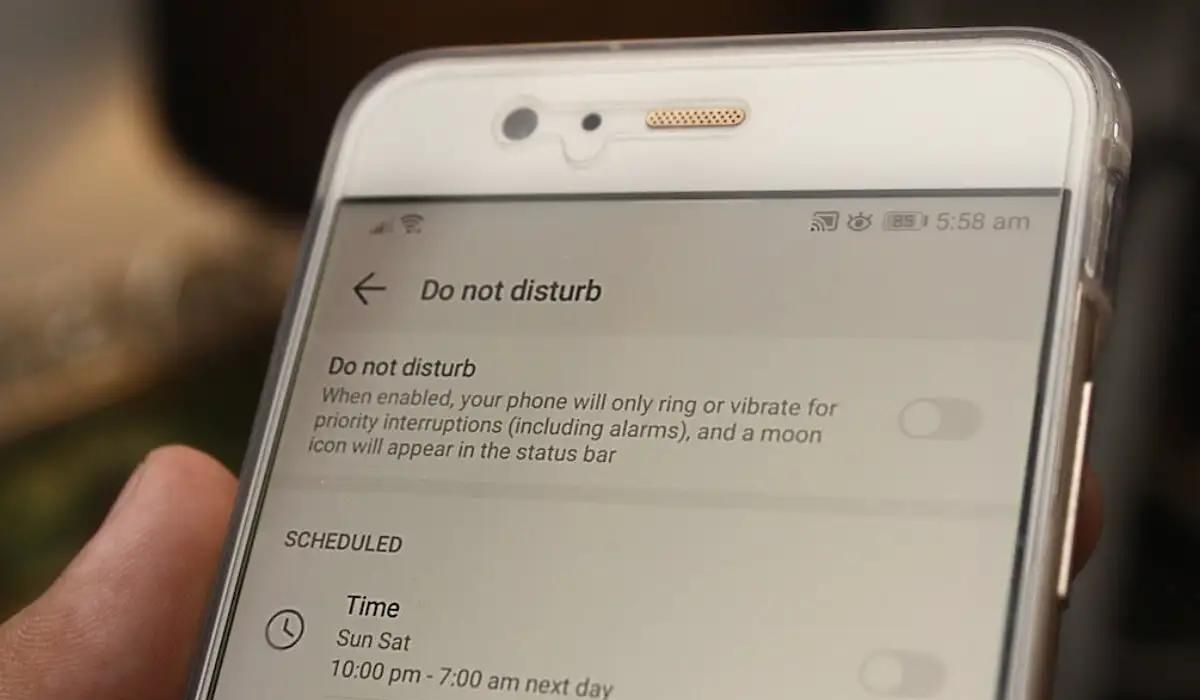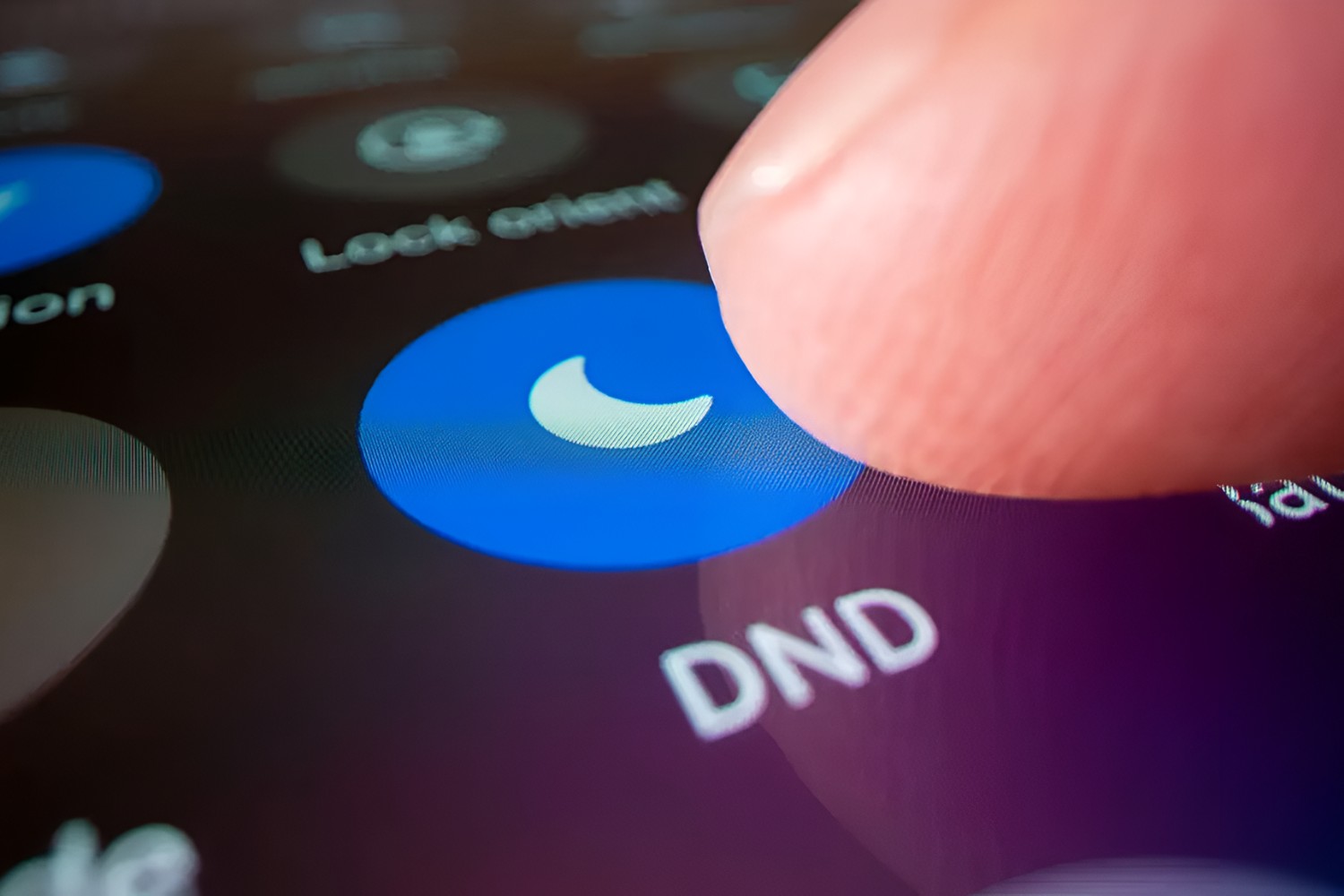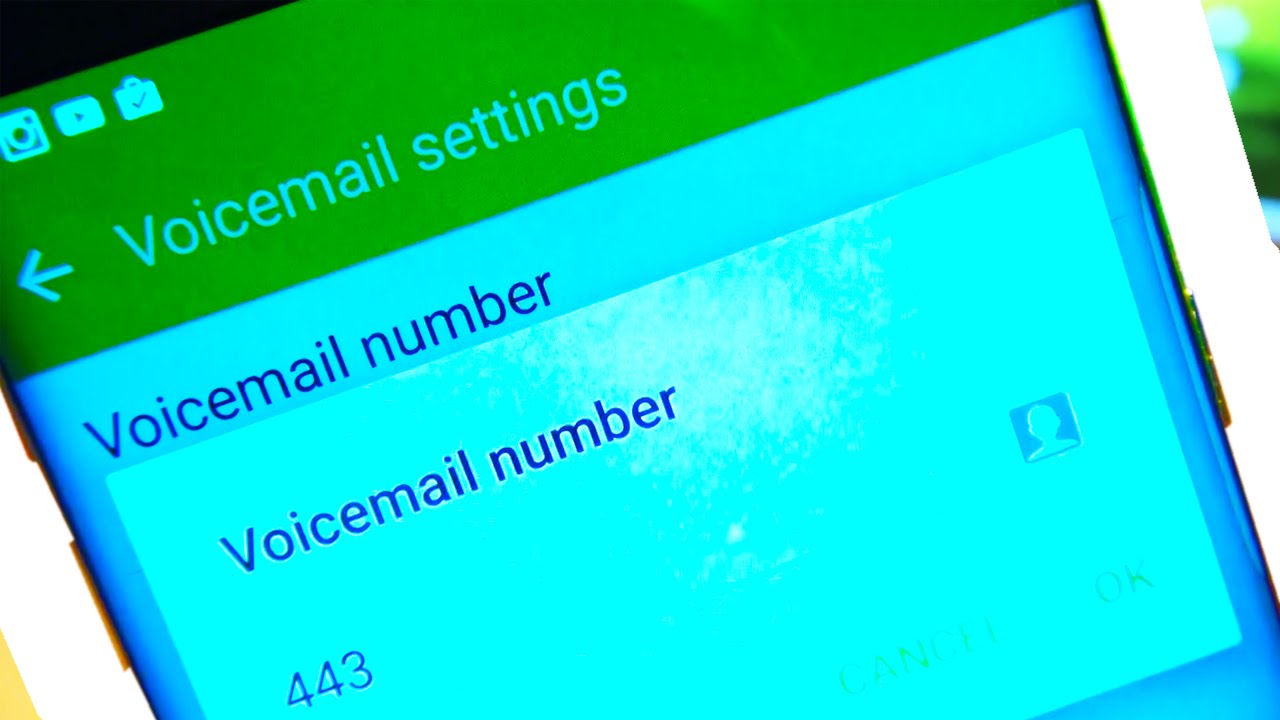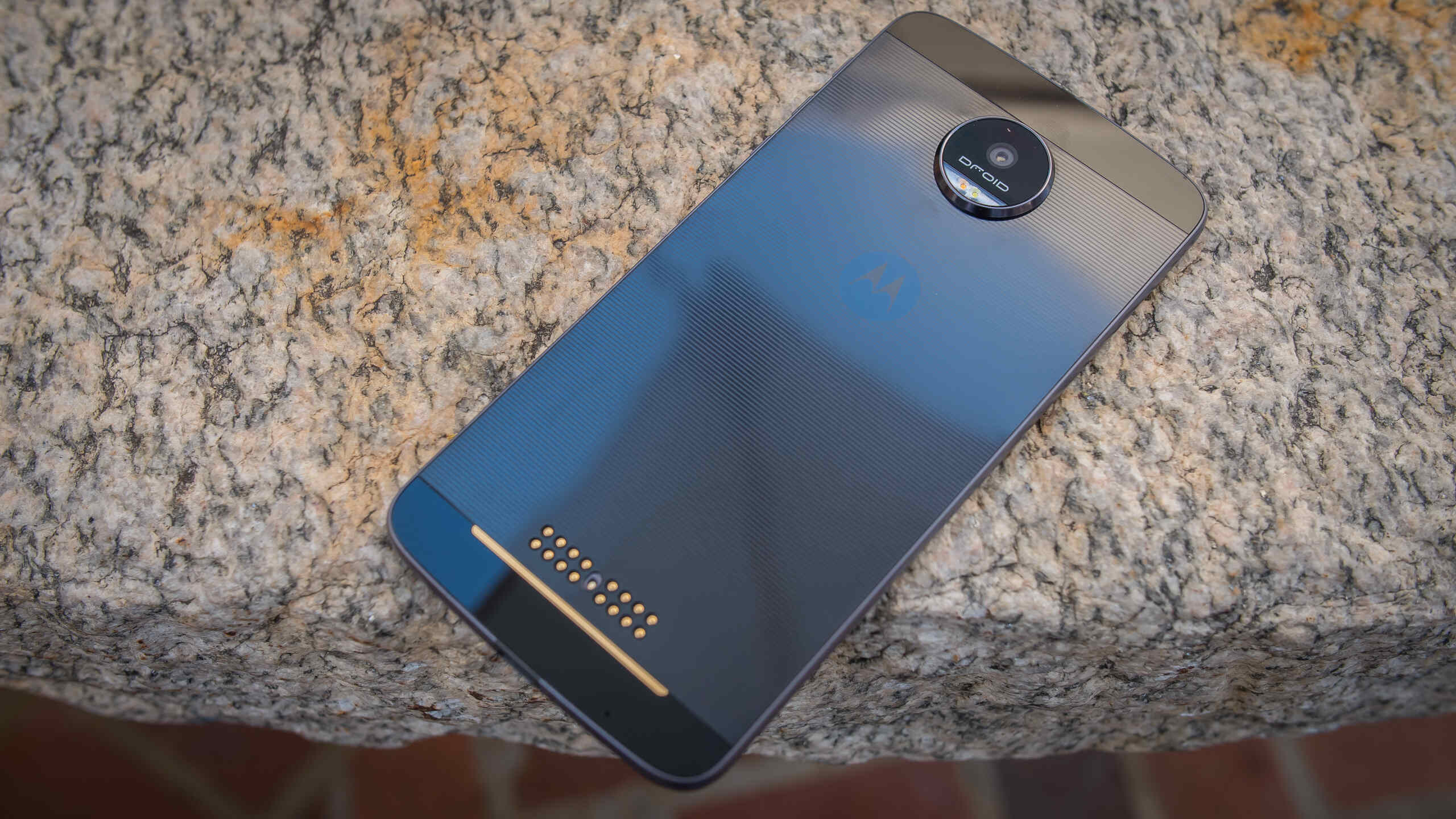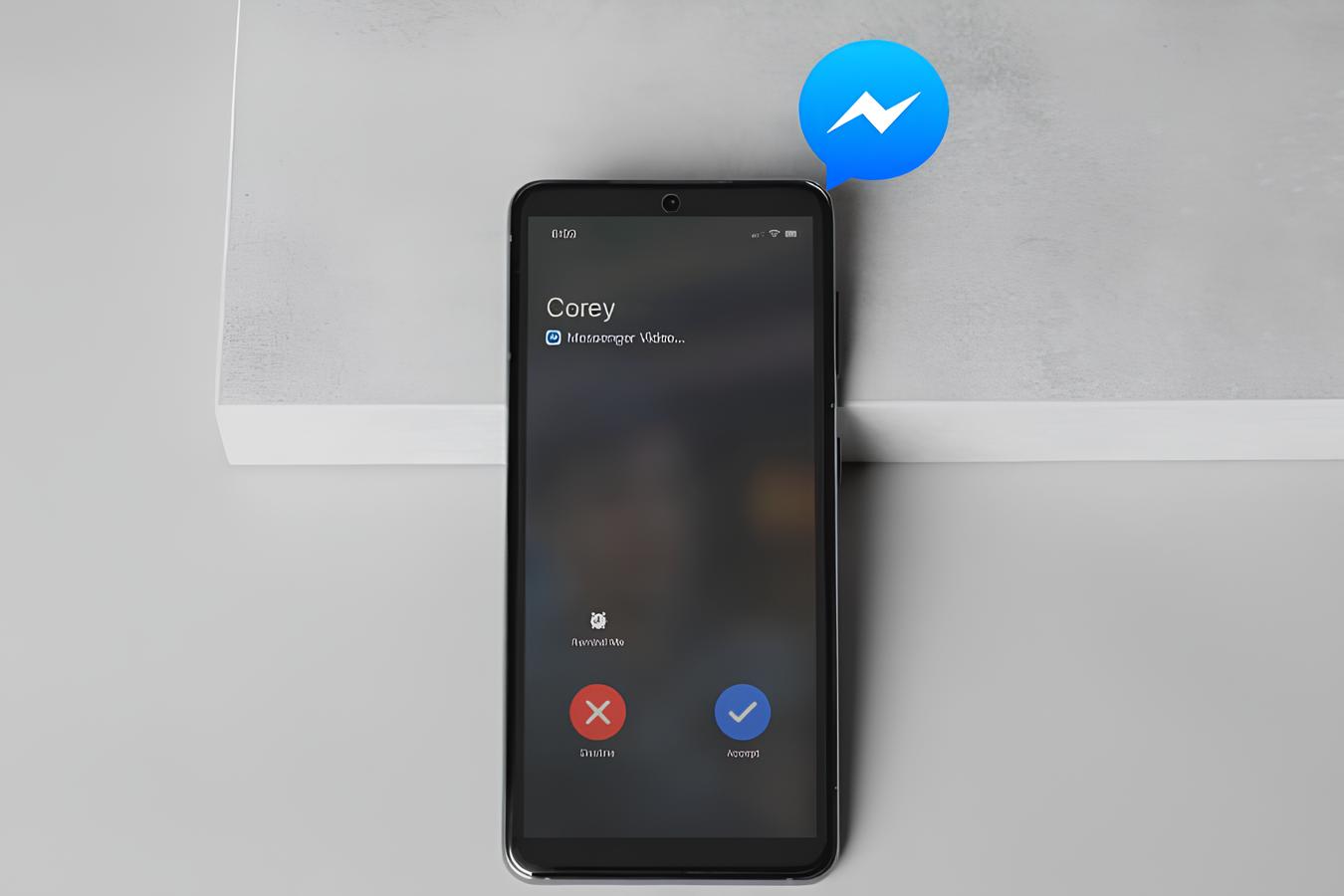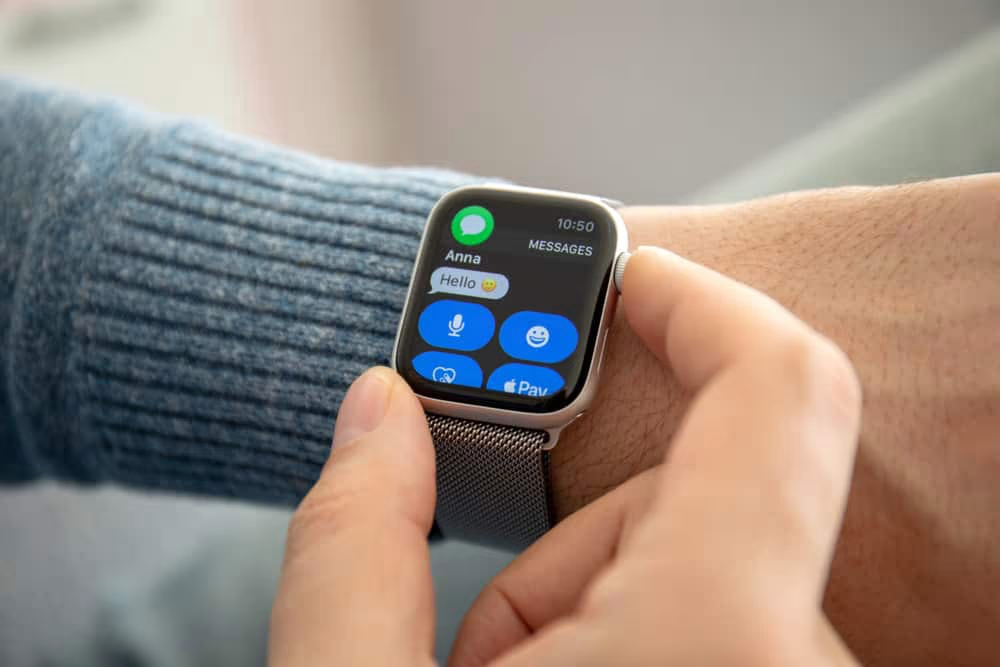Introduction
Have you ever experienced the frustration of being woken up by a ringing phone, despite having activated the "Do Not Disturb" mode on your device? This common occurrence has led to growing concerns and complaints among smartphone users. The "Do Not Disturb" feature is intended to provide a respite from interruptions, allowing individuals to enjoy uninterrupted sleep, focus on important tasks, or simply have some quiet time. However, the persistent issue of phones ringing while in this mode has sparked a wave of annoyance and exasperation.
The prevalence of this problem has prompted a deeper exploration of its implications. It is essential to understand the impact of these disruptive interruptions, particularly on individuals' mental well-being. Moreover, finding effective solutions and alternatives to address this issue is crucial for enhancing the user experience and mitigating the negative effects associated with unwanted disturbances.
In this article, we will delve into the vexing issue of phones ringing on "Do Not Disturb" mode, shedding light on the implications for users and their mental health. Additionally, we will explore potential solutions and alternatives to alleviate this predicament, ultimately aiming to restore the intended tranquility and peace of mind that "Do Not Disturb" mode is designed to offer. Let's embark on this journey to unravel the complexities surrounding this modern-day nuisance and pave the way for a more serene and undisturbed digital experience.
Understanding “Do Not Disturb”
Before delving into the intricacies of the issue at hand, it is essential to grasp the fundamental purpose and functionality of the “Do Not Disturb” feature. This feature, prevalent in modern smartphones and other digital devices, is designed to provide users with a means to silence notifications, calls, and alerts during specified periods or indefinitely. It serves as a valuable tool for maintaining focus, promoting uninterrupted rest, and fostering a conducive environment for activities that require concentration.
Upon activating “Do Not Disturb,” users can customize settings to allow certain contacts or repeated calls to bypass the silence mode, ensuring that critical or urgent communications are not overlooked. Additionally, scheduled “Do Not Disturb” periods enable users to establish dedicated times for peaceful repose, undisturbed productivity, or simply moments of uninterrupted leisure.
Furthermore, the flexibility of this feature extends to its integration with other functionalities, such as bedtime modes that dim the display and silence notifications to facilitate a restful night’s sleep. The intent behind “Do Not Disturb” is to empower users with control over their digital interactions, offering a sanctuary from the incessant barrage of notifications and interruptions that characterize the modern connected era.
By comprehending the underlying purpose and capabilities of “Do Not Disturb,” users can harness its potential to reclaim moments of tranquility and enhance their overall digital experience. However, the persistent issue of phones ringing despite this mode being activated undermines the very essence of its intended functionality, warranting a closer examination of the root causes and potential remedies.
The Issue with Ringing Phones on “Do Not Disturb”
The persistent issue of phones ringing while in “Do Not Disturb” mode has emerged as a vexing nuisance for smartphone users. Despite activating this feature to enjoy uninterrupted periods of focus, relaxation, or sleep, individuals often find themselves jolted from their desired state of tranquility by the unwelcome sound of a ringing phone. This occurrence not only disrupts the intended purpose of “Do Not Disturb” but also undermines the user’s ability to curate their digital interactions.
One of the primary culprits behind this issue is the inconsistency in how various smartphone models and operating systems handle incoming calls and notifications while in “Do Not Disturb” mode. While the feature is intended to silence all non-urgent alerts and calls, certain exceptions and loopholes may allow specific contacts, repeated calls, or certain types of notifications to bypass the silence setting, resulting in the disruptive ringing of the phone.
Moreover, the lack of uniformity in the behavior of third-party apps and system integrations further exacerbates this issue. Some apps may override the “Do Not Disturb” setting, causing unexpected interruptions, while others may not adhere to the user’s preferences for silence during designated periods. This inconsistency not only erodes user confidence in the efficacy of “Do Not Disturb” but also diminishes the overall user experience, leading to frustration and a sense of helplessness in managing digital interruptions.
Furthermore, the absence of clear and intuitive settings for customizing “Do Not Disturb” preferences, especially in relation to call handling and notification silencing, contributes to the prevalence of ringing phones during this mode. Users may find it challenging to navigate the labyrinth of settings and permissions required to ensure that their devices truly honor the intended silence, leading to a sense of disillusionment with the feature’s reliability.
As this issue persists across a myriad of devices and platforms, it is imperative to address the underlying causes and explore viable solutions to restore the efficacy of “Do Not Disturb” mode. By doing so, users can reclaim the peace and uninterrupted respite that this feature is meant to provide, fostering a more harmonious coexistence with their digital devices.
Impact on Mental Health
The incessant ringing of phones while in “Do Not Disturb” mode can have profound implications for individuals’ mental well-being. The jarring interruption of moments intended for relaxation, concentration, or rest can lead to heightened levels of stress, frustration, and a pervasive sense of unease. This recurrent disruption not only undermines the immediate tranquility sought through the activation of “Do Not Disturb” but also contributes to a broader pattern of digital intrusion and its detrimental effects on mental health.
One of the primary consequences of this issue is the erosion of boundaries between personal time and digital connectivity. The inability to enjoy uninterrupted moments due to the persistent ringing of phones blurs the lines between leisure, work, and rest, perpetuating a state of constant accessibility and vigilance. This perpetual state of alertness can lead to heightened anxiety and a diminished capacity for relaxation, ultimately impacting individuals’ ability to unwind and recharge.
Moreover, the disruptive nature of unexpected phone calls during “Do Not Disturb” mode can disrupt individuals’ cognitive processes and emotional equilibrium. The sudden shift from a state of calm to one of agitation and annoyance can trigger stress responses, contributing to elevated cortisol levels and a heightened sense of disquiet. Over time, the cumulative impact of these disruptions can manifest as persistent feelings of irritability, difficulty in focusing, and an overall diminishment of mental resilience.
Furthermore, the intrusion of ringing phones during designated periods of silence can disrupt individuals’ sleep patterns, leading to sleep disturbances and fragmented rest. The importance of uninterrupted sleep for mental and physical well-being is well-documented, and the persistent interruptions caused by phones ringing in “Do Not Disturb” mode can impede the attainment of restorative and restful sleep, further exacerbating the impact on mental health.
Addressing the issue of phones ringing on “Do Not Disturb” mode is not merely a matter of technical inconvenience; it is a vital consideration for safeguarding individuals’ mental well-being in the digital age. By recognizing the profound impact of these disruptions on mental health, it becomes imperative to seek effective solutions and alternatives that uphold the sanctity of uninterrupted moments and promote a healthier relationship with digital connectivity.
Solutions and Alternatives
Addressing the persistent issue of phones ringing on “Do Not Disturb” mode necessitates the exploration of viable solutions and alternatives to restore the intended tranquility and uninterrupted respite that this feature is designed to offer. While the complexity of this issue may present challenges, there are several strategies and approaches that can mitigate the impact of unwanted interruptions and enhance the efficacy of “Do Not Disturb.”
- Operating System Updates: Manufacturers of smartphones and other digital devices can prioritize addressing the inconsistencies in how “Do Not Disturb” mode handles incoming calls and notifications. By releasing comprehensive updates that standardize the behavior of this feature across devices and platforms, users can benefit from a more reliable and consistent experience, mitigating the prevalence of ringing phones during silence mode.
- Enhanced Customization: Introducing more granular controls and intuitive settings for customizing “Do Not Disturb” preferences can empower users to tailor their silence settings with precision. This includes refining call handling options, notification exemptions, and the ability to create personalized exceptions, ensuring that the feature aligns closely with users’ individual needs and preferences.
- Third-Party App Integration: Collaboration with app developers to ensure seamless integration with “Do Not Disturb” mode can enhance the overall user experience. By establishing clear guidelines for app behavior during silence periods and encouraging adherence to user-defined preferences, this collaborative approach can minimize unexpected interruptions caused by third-party applications.
- User Education and Awareness: Providing comprehensive guidance and resources to users on effectively configuring and utilizing “Do Not Disturb” mode can enhance its efficacy. Educating users on best practices for setting up and managing silence preferences, as well as troubleshooting common issues, can empower individuals to harness the full potential of this feature.
- Alternative Modes of Silence: Introducing alternative modes of silence, such as customizable “Focus” modes that go beyond traditional “Do Not Disturb” settings, can offer users tailored options for managing interruptions based on specific contexts and activities. These alternative modes can provide nuanced controls for silencing notifications, calls, and other distractions, catering to diverse user needs.
By embracing these solutions and alternatives, both users and manufacturers can collaboratively address the persistent issue of phones ringing on “Do Not Disturb” mode, fostering a more harmonious and undisturbed digital experience. Through a concerted effort to enhance the reliability and efficacy of this feature, individuals can reclaim moments of tranquility and respite, contributing to a healthier and more balanced relationship with their digital devices.
Conclusion
The vexing issue of phones ringing on “Do Not Disturb” mode has underscored the need for a concerted effort to restore the intended tranquility and uninterrupted respite that this feature is designed to provide. The persistent disruptions caused by unwanted calls and notifications during silence mode have not only hindered individuals’ ability to enjoy uninterrupted moments of focus, relaxation, and rest but have also contributed to broader implications for mental well-being in the digital age.
As we navigate the complexities of this issue, it is imperative to recognize the profound impact of these interruptions on individuals’ mental health and overall digital experience. The erosion of boundaries between personal time and digital connectivity, coupled with the heightened stress and cognitive disruptions caused by unexpected phone calls, underscores the urgency of addressing this pervasive challenge.
However, amidst these challenges lie opportunities for meaningful change. By prioritizing standardized operating system updates, enhancing customization options, fostering collaboration with third-party app developers, and empowering users through education and alternative modes of silence, we can pave the way for a more reliable and harmonious “Do Not Disturb” experience.
Ultimately, the pursuit of effective solutions and alternatives to mitigate the issue of phones ringing on “Do Not Disturb” mode is a testament to our commitment to fostering a healthier and more balanced relationship with digital connectivity. By acknowledging the significance of uninterrupted moments and the profound impact of digital interruptions on mental well-being, we embark on a journey toward reclaiming the serenity and respite that individuals deserve in their digital interactions.
As we strive to address this issue, let us remain steadfast in our dedication to enhancing the efficacy of “Do Not Disturb” mode, ensuring that it serves as a reliable sanctuary from the cacophony of digital disruptions. Through collaborative efforts and a shared commitment to prioritizing mental well-being in the digital landscape, we can usher in a new era of tranquility and uninterrupted repose, empowering individuals to curate their digital interactions with confidence and serenity.







